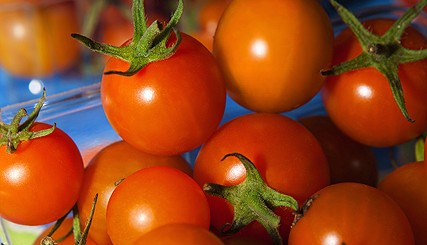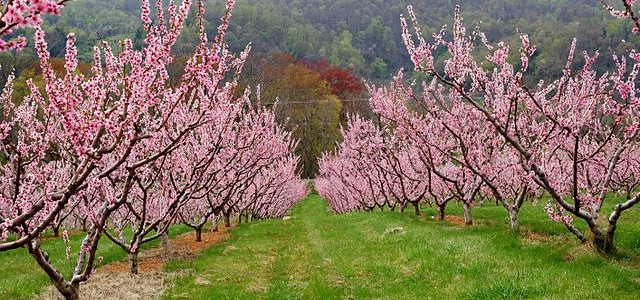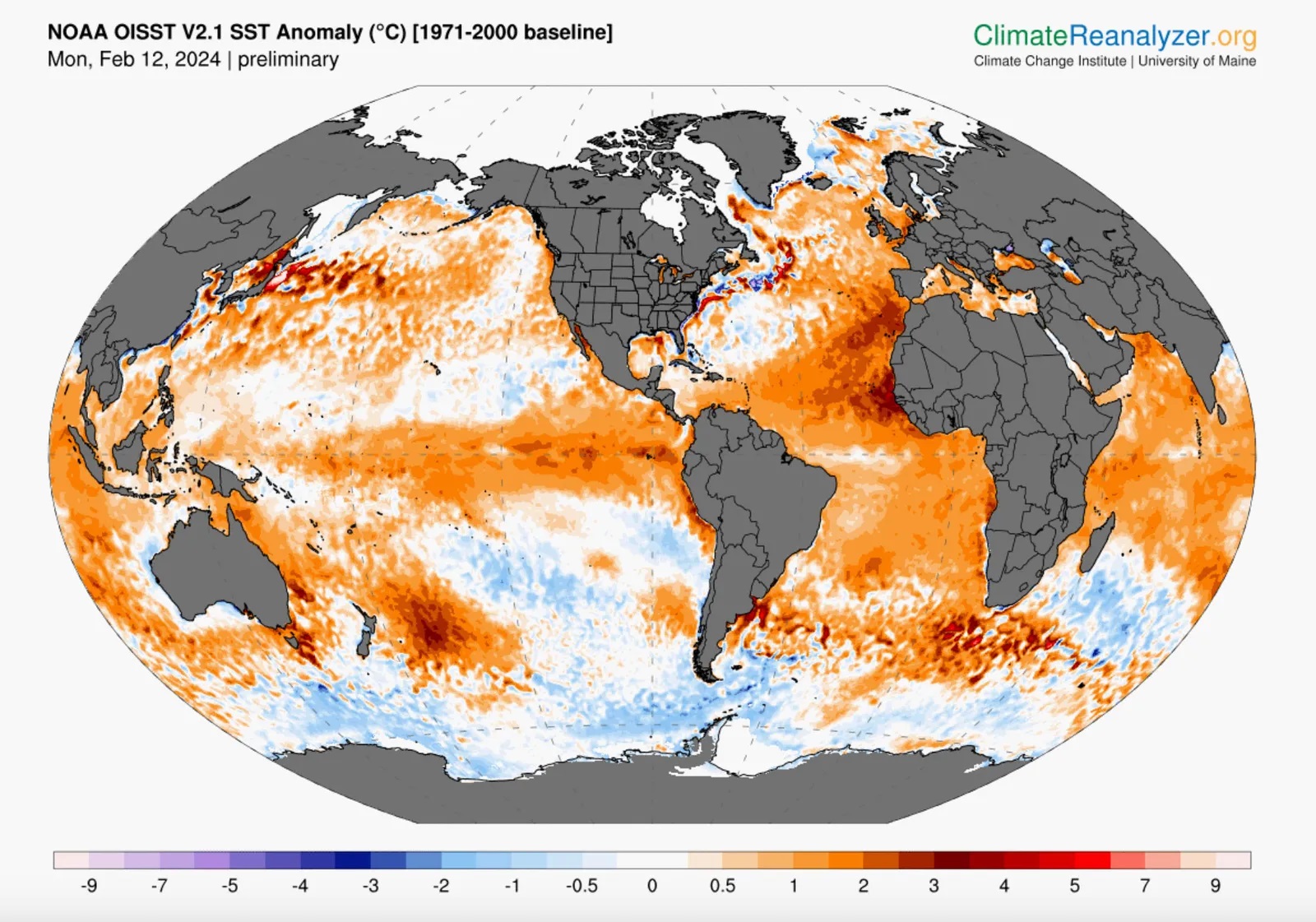Climate and Ag in the news
-

Do you like mustard on your hot dog? Or is ketchup your jam? (I use both.) Are you a hot-sauce lover? You may be interested in this article from Modern Farmer discussing how extreme weather around the world has affected the production of several popular condiments, including all three of the above. Shortages in some…
Posted in: Climate and Ag in the news -

Most locations in the Southeast are now experiencing early spring except for Virginia and higher elevations of the Southern Appalachians. Officially in climatology, spring is defined as the months of February, March, and April. Here in Athens we are past crocuses and daffodils and starting to see redbuds bloom. It won’t be long until we…
Posted in: Climate and Ag in the news -

While the weather lately has been fairly mild, there has been enough cold weather over the winter that most fruit trees have received sufficient chill hours to be ready to bloom once we get warm for long enough. In fact, some very early varieties have already started to blossom, according to reports from some South…
-

You may have noticed in the news some recent stories about incredibly fast crossings of the Atlantic Ocean by passenger planes, such as this story from Business Insider. In addition to the speed of the airplane itself, the air that it was traveling in was moving at close to 200 miles per hour, one of…
-

Many of you may have watched the solar eclipse in August 2017 as it passed across parts of the Southeast. Even though we did not quite get to totality in Athens, GA, we held a viewing event in the football stadium (thanks to the Athletic Department!) for over 10,000 students and locals to watch as…
-

Here is an interesting story about planting soybeans from Farm Progress. In the story, it points out that planting soybeans too early does not give an advantage to plants but actually results in shorter plants with less leaf area. That results in lower yields than soybeans that are planted a little later that grow taller.…
-

My tropical meteorology scientist colleagues have been watching the sea surface temperatures in the Atlantic Ocean lately and have been stunned at how warm they are compared to normal. In some areas, the temperatures are at more than 4 standard deviations away from average conditions, which is just mind-blowing in how unusual this is. That…